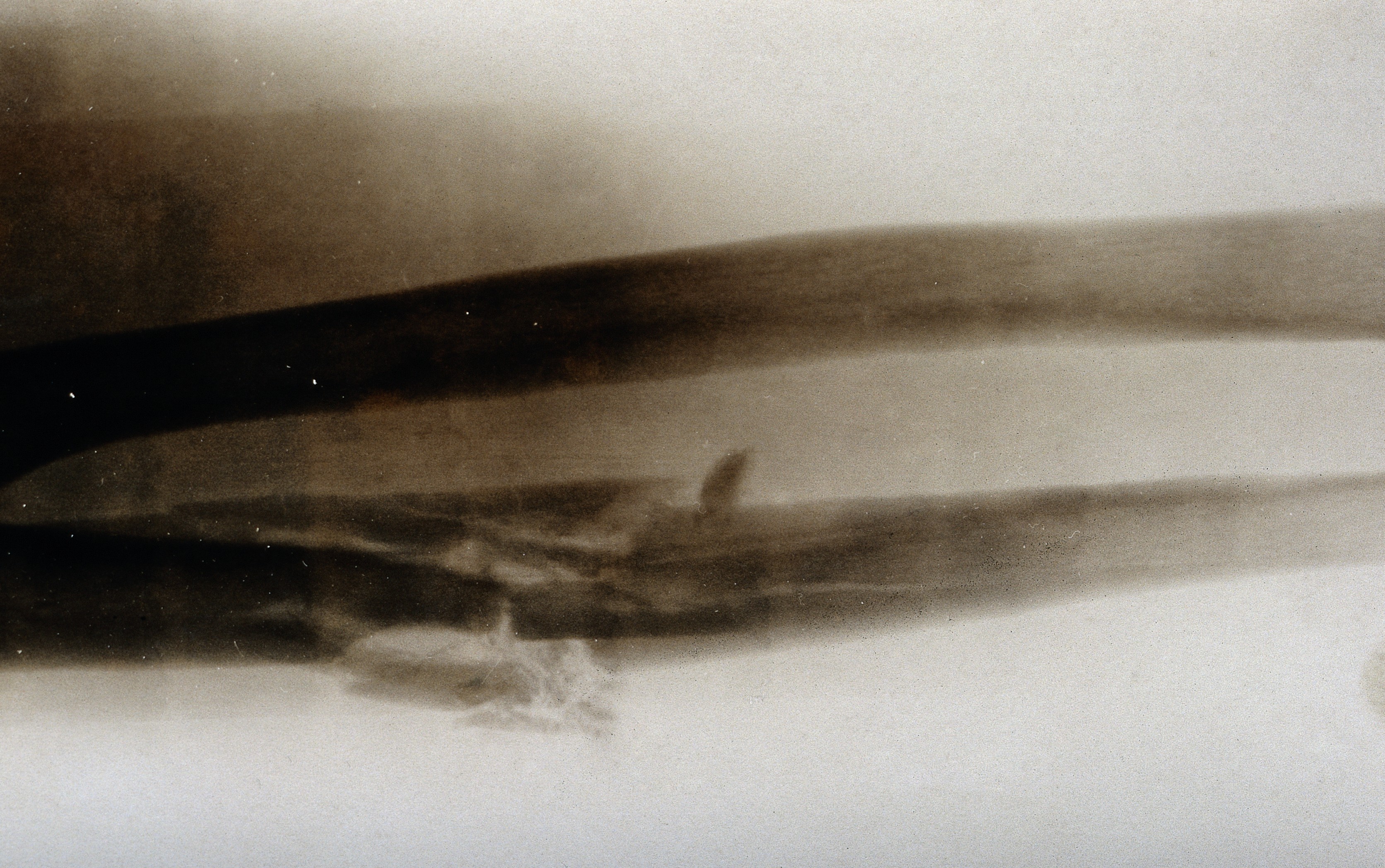Injuries in the wilderness can turn a hike or a camping trip into a fight for your life instantly. The pain alone can immobilize you, leaving you stranded. The risk for infection is high if the fracture has punctured the skin. A broken bone can even severe an artery and cause massive bleeding which could kill you in seconds. Knowing how to treat a fracture can help get you mobile again, and on your way to medical treatment.
Setting the Bone
After you have determined that there is a fracture, you will need to set the bone. While the process is obviously painful, the pain afterward will be significantly less than if the bone were allowed to stay out of place. First, completely immobilize the limb above (closer to the body) the fracture, including the closest joint. If it is a forearm or lower leg fracture, the upper portion of the limb can be tied to a standing or fallen tree that will not move when pulled on. If the fracture is in the upper arm or leg, hold the body in place. If the fracture is in the skull, ribs, or pelvis, leave the victim as still as possible and signal for help or, if safe to do so, leave them to get help.
After securing the limb above the break, apply pressure to the site of the fracture while pulling the joint below the fracture away from the body. This can be done by wrapping cordage, clothing, or whatever you have around your body under your arms and tying it to their ankle (if it is a leg injury) or their wrist (if it is an arm injury), then both your hands will be free to apply pressure to the fracture site while you simultaneously lean backwards. If you are alone and treating yourself, you will need to secure your wrist or ankle to an immobile object like a tree and lean back while applying pressure yourself.
Splint the Fracture
After the bone has been set, you will need to keep in place and immobile by applying a splint. Once again you will have to use whatever material you have available to you. Tent poles, sticks, or rolled sleeping pad will work. Wrap the injured limb in a way that immobilizes the joint on either side of the fracture. The splint should be snug, but not so tight that it restricts circulation. Make it as comfortable as possible, stuff in extra clothing or even tree bark and leaves to cushion and restrict movement. If it is an arm injury, apply a sling as well.
Get Help
Fractures take weeks to heal. Staying in place should only be an option you consider if the weather or other conditions won’t safely allow you to travel. Despite the pain, you need to get out and get to help. The wilderness is no place to recover from a fracture. If you can’t move, call for help, or signal if you can’t call.
Treating a fracture in the wilderness is not going to be easy. Try to avoid it in the first place. Remember, don’t step on it if you can step over it, don’t step over it if you can step around it. That simple advice could just save your life.
If you liked this, you might also enjoy…
What is ‘The Final Bubble’, and Are You Ready for It?
Understanding the End Times
Natural Healing Secrets Doctors Don’t Want You to Know


